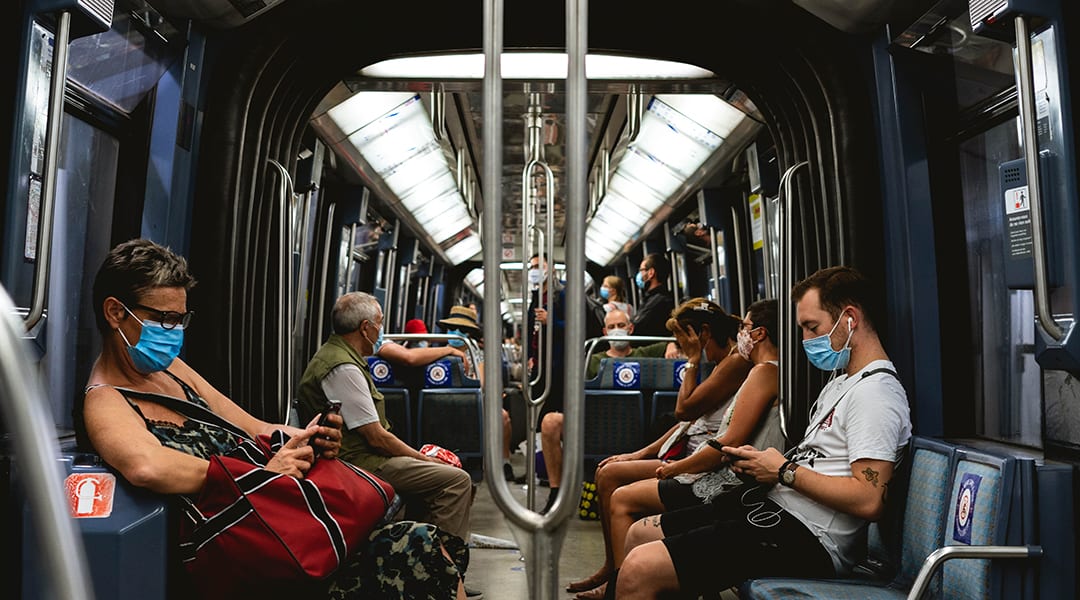On the molecular scale, ice is less ordered than you might think, but it turns out that some of that missing order can be recovered



On the molecular scale, ice is less ordered than you might think, but it turns out that some of that missing order can be recovered

The testing platform identifies the presence of two antibodies in microliter samples of blood.

Chemical signatures give away the distance to the farthest galaxy, which experts say defines the very boundary of the observable universe.

A new model helped researchers create a “nanotube color atlas”, which they use to predict the specific colors of 466 different single‐wall carbon nanotubes, revealing a broad spectrum of potentially achievable colors.

Researchers publish an up-to-date and easy-to-access platform with a global scope.

Newly developed molecular system makes efficient conversion of sunlight and indoor LEDs into ultraviolet light possible to power photocatalysts that enable a variety of useful reactions.

The companies announce the first emergency approval of their mRNA vaccine against COVID-19, with rollout to begin next week.

Scientists uncover how a sensor protein activates our immune system against the common cold. The findings may lead to more effective treatments of flu-like symptoms.

Developments in pathogen-detecting materials could provide an easy means of detecting viruses within public places.

New research indicates that limited resources on Earth’s satellite could cause crowding and competition as site selection, extraction become reality.